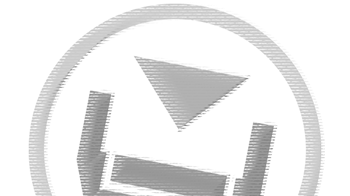Bad Workplace Organizing Habits: Desk Clutter
If there is one area of workplace organization that pretty much every employee seems to struggle with, it is desk clutter. Even the cleanest, most organized desks usually have some problems. But many are downright terrible. There are employees who can no longer even find the surface of their desks, because they are buried under […]
If there is one area of workplace organization that pretty much every employee seems to struggle with, it is desk clutter. Even the cleanest, most organized desks usually have some problems. But many are downright terrible. There are employees who can no longer even find the surface of their desks, because they are buried under a mountain of paperwork!
There are a number of bad organization habits which contribute to desk clutter and stress:
• Letting paperwork pile up. The solution? Get some plastic storage containers. Use these to sort the incoming papers on your desk and the outgoing ones. Make sure that you glance at all new papers incoming; oftentimes they can either be dealt with quickly, filed, or shredded. Only leave papers in the bins that need some extra time. Never just let papers accumulate on your desk.
• Accumulating unnecessary supplies. Just as accumulating papers is a problem, so is accumulating office supplies. Do you have two pairs of scissors, a dozen pens, and a toner cartridge you do not need? Take the extra supplies back to the inventory room where they really belong. Supplies you do keep should be corralled in plastic containers for office supplies.
• Drawer organization that doesn’t make sense. Being organized is about more than eliminating clutter. Your desk may be uncluttered, but does the organization scheme you chose make sense? Do you keep the supplies you access most frequently in the top drawers where you can reach them? Do you keep supplies and papers you access less frequently in lower drawers?
• Too much stuff on your desktop. At the same time, you do not want to keep too much within reach. The vast majority of your desktop should be open space—aim for around 70-80%. That means you should only keep a couple supplies on your desk—maybe a couple pens and markers you regularly use. Everything else belongs in your drawers. A clear desktop is easier on the eye and can reduce feelings of stress. It can also help you to stay aware of clutter levels. You will notice right away if you are starting to accumulate a mess.
Changing your habits when it comes to desk organization isn’t easy. It will involve thinking hard about what you need, what you don’t, and taking steps to make it happen. I recommend you actually pull everything off and out of your desk and wipe down surface to start with. Put back only what you need. Purchase some plastic organization bins if you need them. Put everything you do not need back in the supply cabinet.
When you have an organized desk, you will find you are more efficient with your tasks. Your desk will stop being an eyesore too, so your coworkers and bosses will be grateful for the change. They will be glad that you have put your excess supplies back in the inventory room as well—especially those toner cartridges you have been hoarding!


Comments are closed.